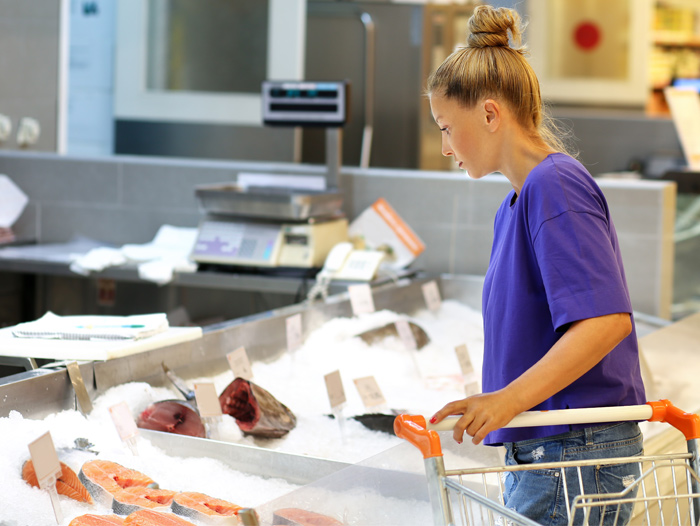When It Comes To Buying Seafood, There Are Five Kinds Of People
January 25, 2019 | 2 min to read

When faced with a supermarket of shelves and glass cases bursting with choices, how do you decide which fish to bring home for dinner? Companies choose what to include on their packaging based on their understanding of what’s important to consumers. Nowadays, people place more importance on the ethics of food, so tracking consumer choices helps sellers decide which products and labels to focus on.
According to research by the University of Kassel in Germany, people can be separated into five main groups based on what’s important to them about a farmed fish product. Germany was chosen for this study because it has the largest food market in Europe. Researchers found that the main drivers of choice are cost, country of origin, the way fish are raised, and sustainability labeling. The people chosen to participate in the study were asked about household income and size, age, education level, gender, how often they buy fish, and if they have ever bought farmed fish.
To figure out what made people choose a certain kind of fish, they showed them three smoked trout products labeled with information about what country it came from, the price, any sustainability or organic certifications, and how it was produced. They could also choose not to buy any of the three. The researchers also tested which type of sustainability labels are most important, such as “organic” versus “certified by the Aquaculture Stewardship Council”. The importance of word choice was also explored by using different wording that could mean the same thing: “from natural ponds,” “from sustainable production,” or “from aquaculture”. The researchers also tried to be realistic with prices. For example, they reflected the fact that Turkish or Polish fish tend to be cheaper than German or Danish fish.
To read the rest of the story, please go to: Sciworthy
